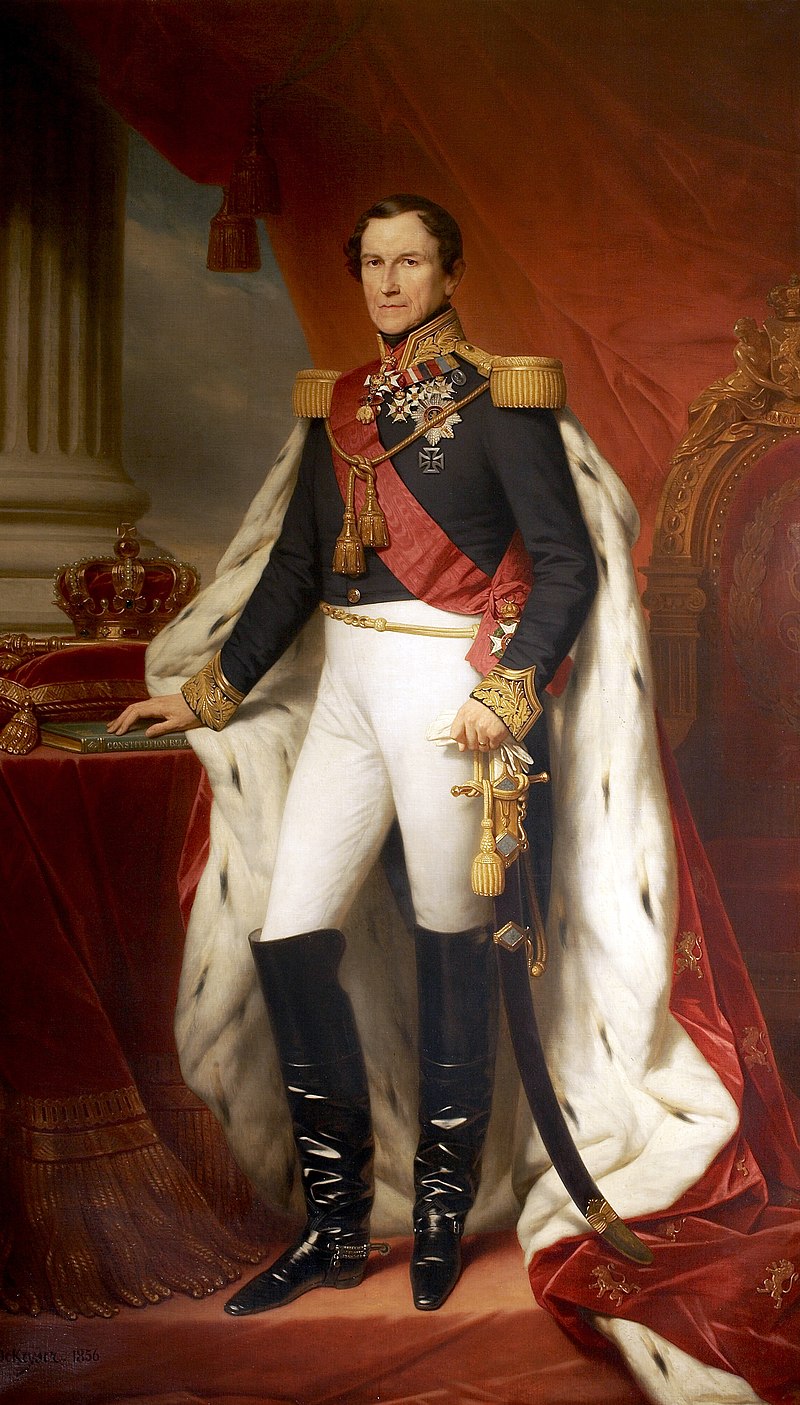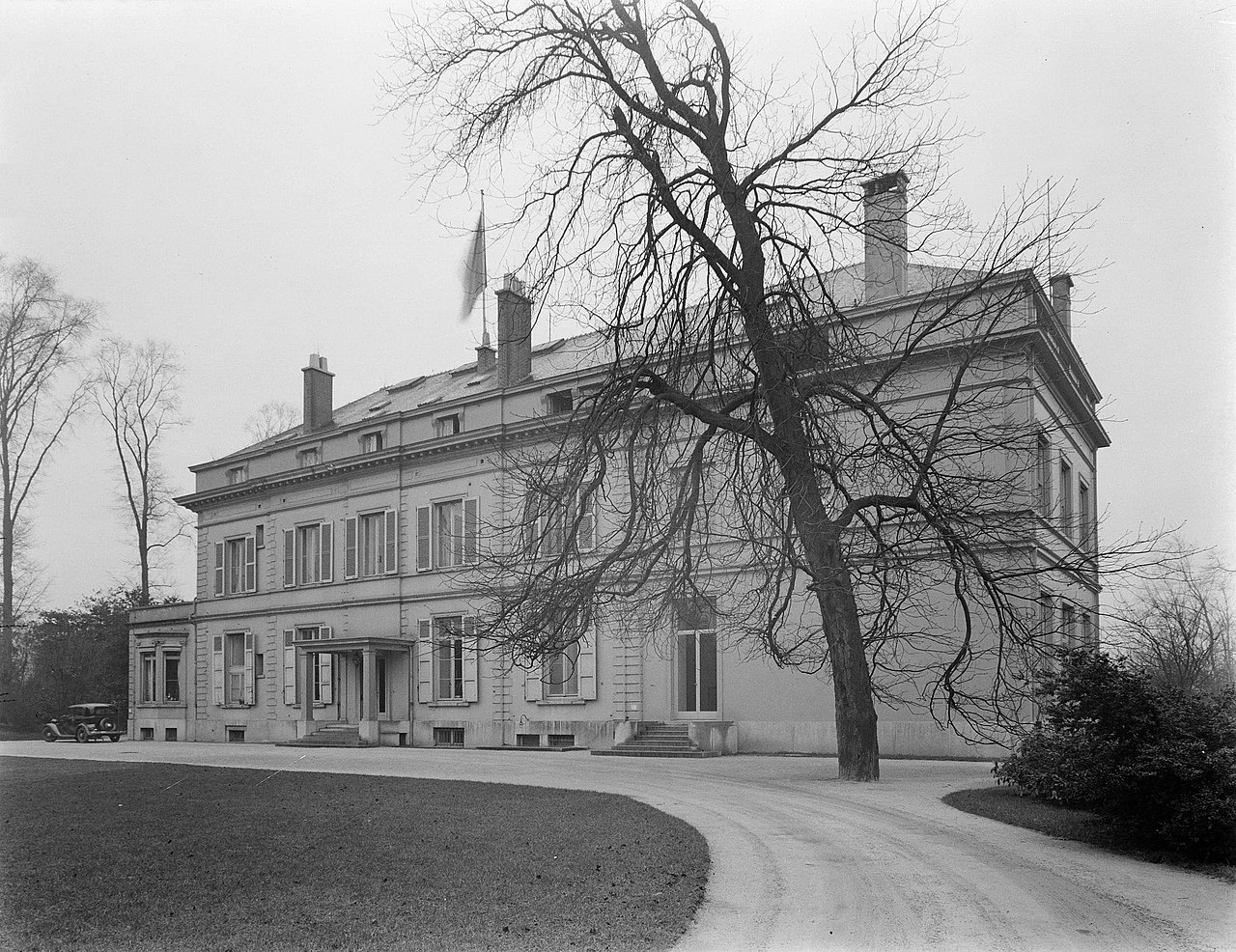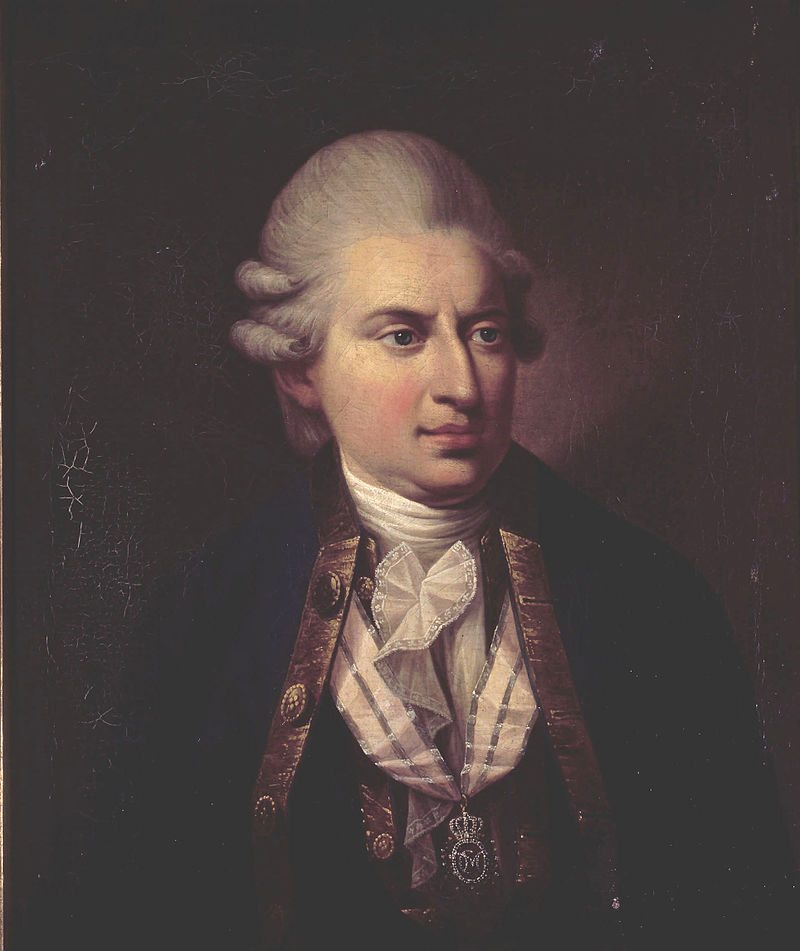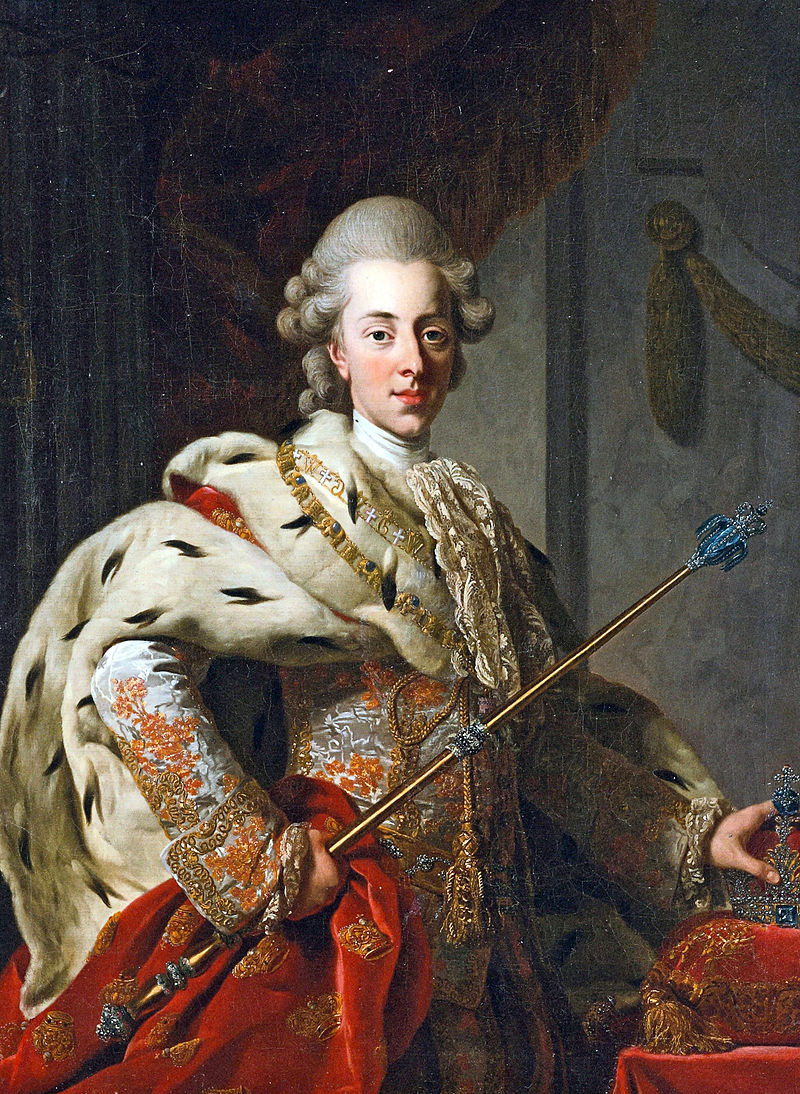by Susan Flantzer © Unofficial Royalty 2020

Photo Credit – https://www.instagram.com/p/CC05fTMH_HJ/ Photograph by Benjamin Wheeler
On Friday, July 17, 2020, at 11:00 AM, Princess Beatrice of York married Mr. Edoardo Mapelli Mozzi in a small private ceremony held at the Royal Chapel of All Saints Chapel, located on the grounds of Royal Lodge in Windsor Great Park in Windsor, England.
Princess Beatrice of York
Embed from Getty Images
Princess Beatrice of York was born on August 8, 1988, at 8:18 pm at Portland Hospital in London, England. She is the elder of the two daughters of Prince Andrew, Duke of York and his former wife née Sarah Ferguson, known as Sarah, Duchess of York after her divorce. Princess Beatrice has a younger sister, Princess Eugenie, born in 1990.
Princess Beatrice started her schooling in 1991 at Upton House School in Windsor, Berkshire, England. In 1995, Beatrice began attending Coworth Park School in Windlesham, Surrey, England which merged in 2004 with Flexlands School to become Coworth Flexlands School. From 2000-2007, Beatrice attended St. George’s School in Ascot, Berkshire, England. She completed A-Levels in Drama, History, and Film Studies and in her final year was Head Girl. In September 2008, Beatrice started a three-year course studying for a Bachelors’s degree in History and History of Ideas at Goldsmiths College, University of London, England graduating in 2011.
On her 18th birthday, Beatrice said she wanted to use her position to assist others through charity work. She has been active in a number of charities including Children in Crisis, a charity founded by her mother, Sarah, Duchess of York, whose goal is to help educate children and women in some of the poorest countries, and The Big Change Charitable Trust, a charity Beatrice founded with six friends that identifies and supports projects that improve the lives of young people. At the time of her wedding, Beatrice was working for Afiniti, an artificial intelligence software firm, as vice president of partnerships and strategy.
Edoardo Mapelli Mozzi
Born on November 19, 1983, in Westminster, London, England, Edoardo (Edo) Mapelli Mozzi is the younger of the two children of Count Alessandro (Alex) Mapelli Mozzi and his first wife Nicola (Nikki) Burrows. Eduardo has a sister Natalia Alice Yeomans (born 1981) and a half-brother Alby Shale (born 1991) from his mother’s second marriage to Christopher Shale, British businessman and Conservative politician, who died in 2011. Edoardo’s father made a second marriage to Ebba Eckermann and his mother made a third marriage to sculptor David Williams-Ellis.
Edoardo’s father is a member of an Italian noble family, whose family seat is the Villa Mapelli Mozzi located in Ponte San Pietro, Bergamo, Italy. Count Alessandro Mapelli Mozzi’s title, which he uses as a courtesy, is not officially recognized in either Italy or the United Kingdom. He holds both Italian and British citizenship and competed in the 1972 Winter Olympics in three alpine skiing events as a member of the British Olympic team.
Edoardo attended Radley College, a boys’ independent boarding school near Radley, Oxfordshire, England, which was founded in 1847. He received a master’s degree in politics at the University of Edinburgh in Edinburg, Scotland.
When he was 23-years-old, Edoardo founded Banda Property, a property development and interior design company that focuses on designing homes for affluent clients in undervalued parts of London. He is also a co-founder of the British-Rwandan charity Cricket Builds Hope whose goal is to use cricket as a tool for positive social change in Rwanda.
The Engagement

Engagement Photo of Princess Beatrice of York and Edoardo Mapelli Mozzi; Photo Credit – https://twitter.com/RoyalFamily © Princess Eugenie
The families of Beatrice and Edoardo had been close friends for decades. In 2018, the couple started dating. Beatrice and Edoardo attended their first royal family event together, the wedding of Beatrice’s second cousin once removed, Lady Gabriella Windsor, in May 2019.
Beatrice and Edoardo became engaged in Italy in September 2019, and on September 26, 2019, Buckingham Palace formally announced their engagement. Edoardo helped design the engagement ring with British jeweler Shaun Leane. The setting is platinum with the main diamond of 2.5 karats and .75 karat baguette diamonds on the side.
Wedding Guests
A press release stated: “The small ceremony was attended by the Queen, the Duke of Edinburgh and close family. The wedding took place in accordance with all relevant government guidelines.” When the COVID lockdown began on March 23, 2020, weddings in England were banned under almost all circumstances. After July 4, 2020, weddings with up to 30 attendees were allowed to take place. It is known that there were approximately twenty guests including the bride and groom’s parents and siblings, and the bride’s paternal grandparents Queen Elizabeth II and Prince Philip, Duke of Edinburgh.
Wedding Attendants
The bride’s sister Princess Eugenie, Mrs. Jack Brooksbank was the matron of honor. The groom’s four-year-old son from his relationship with American architect Dara Huang, Christopher Woolf Mapelli Mozzi, known as Wolfie, served as both the best man and a pageboy. The groom’s niece and nephew, five-year-old Coco Yeomans and three-year-old Freddie Yeomans, the children of his sister Natalia Yeomans, served as bridesmaid and pageboy.
The Wedding Attire
Princess Beatrice wore a vintage peau de soie taffeta dress, in shades of ivory and trimmed with duchess satin and encrusted with diamante, originally designed by Norman Hartnell, on loan from her grandmother Queen Elizabeth II. The dress was a modified version of the dress Queen Elizabeth II wore to the world premiere of the film Lawrence Of Arabia at the Odeon Cinema Leicester Square, London in December 1962. Beatrice’s wedding dress was remodeled and fitted by the Queen’s senior dresser Angela Kelly and designer Stewart Parvin.
Princess Beatrice’s floor-length veil was attached by the Queen Mary diamond fringe tiara loaned to her by her grandmother Queen Elizabeth II. It is the same tiara Beatrice’s grandmother wore on her wedding day in 1947. The tiara was made in 1919 for Queen Mary, Beatrice’s great-great-grandmother, from diamonds taken from a necklace given to Mary by Queen Victoria as a wedding present in 1893. Princess Anne, the only daughter of Queen Elizabeth II, also wore the tiara for her marriage to Captain Mark Phillips in 1973. So it was fitting that Princess Beatrice as Queen Elizabeth II’s eldest royal granddaughter wore the same tiara on her wedding day.
The bouquet consisted of trailing jasmine, pale pink and cream sweet peas, royal porcelain ivory spray roses, pink O’Hara garden roses, pink waxflower, baby pink astilbe and, in keeping with royal tradition, sprigs of myrtle. After the wedding, the bouquet was placed on the Tomb of the Unknown Warrior in Westminster Abbey. This has been a tradition for British royal brides since 1923 when Lady Elizabeth Bowes-Lyon, the wife of King George VI and Beatrice’s great-grandmother, placed her bouquet of white roses on the Tomb of the Unknown Soldier, whose remains had been brought from France and buried in the Westminster Abbey floor three years earlier. No doubt Lady Elizabeth was thinking of her brother Fergus Bowes-Lyon and all the other British soldiers who had died in World War I.
Embed from Getty Images
The Ceremony

Royal Chapel of All Saints, the site of the wedding; Credit – By Wilfridselsey – Own work, CC BY-SA 4.0, https://commons.wikimedia.org/w/index.php?curid=56272459
The wedding was scheduled to take place on May 29, 2020, at the Chapel Royal at St James’s Palace in London, England, followed by a private reception in the gardens of Buckingham Palace. However, because of the COVID-19 pandemic, the wedding was postponed.
The wedding was held on July 17, 2020, in private at the Royal Chapel of All Saints on the grounds of Royal Lodge in Windsor Great Park in Windsor, England. The new date had not been announced in advance and Buckingham Palace said the ceremony was small and confirmed that Prince Andrew, Duke of York, the bride’s father, walked her down the aisle.
The ceremony was officiated by The Reverend Canon Paul Wright, Sub-Dean of the Chapel Royal and The Reverend Canon Martin Poll, Domestic Chaplain to Her Majesty. In line with British government guidelines for COVID-19, all social distancing measures were followed.
The service included two of the couple’s favorite poems, read by their mothers: Sonnet 116 – Let me not to the marriage of true minds admit impediments by William Shakespeare and I carry you in my heart by E.E. Cummings; and a biblical reading: St. Paul’s First Letter to the Corinthians Chapter 13, verses 1-13 – If I speak in the tongues of men or of angels, but do not have love, I am only a resounding gong or a clanging cymbal.
Prayers were said but in accordance with British government guidelines for COVID-19, no hymns were sung, but a selection of music was played. The National Anthem was played but not sung.
The Wedding Reception
A small party was held afterward at Royal Lodge, the Windsor home of The Duke of York and his former wife Sarah, Duchess of York, featuring specialty cocktails, made-to-order catering, an exquisitely decorated Indian-style tent, and a bouncy castle. Many of the twenty guests stayed overnight in glamping pods.
This article is the intellectual property of Unofficial Royalty and is NOT TO BE COPIED, EDITED, OR POSTED IN ANY FORM ON ANOTHER WEBSITE under any circumstances. It is permissible to use a link that directs to Unofficial Royalty.
Works Cited
- Andrews, E., 2020. Beatrice Poses With New Husband Edoardo And Grandparents After Wedding. [online] Mail Online. Available at: <https://www.dailymail.co.uk/news/article-8537155/Beatrice-poses-new-husband-Edoardo-grandparents-socially-distanced-wedding.html> [Accessed 23 July 2020].
- BBC News. 2020. Princess Beatrice’s Wedding Photos Released. [online] Available at: <https://www.bbc.com/news/uk-53457958> [Accessed 23 July 2020]
- Film, T., Edition, U., McKnight, J., Film, T., Edition, U. and NEWSLETTER, H., 2020. Everything You Need To Know About Princess Beatrice’s Wedding: From Her Dress To The Ceremony. [online] HELLO!. Available at: <https://www.hellomagazine.com/brides/2020071893730/princess-beatrice-wedding-details-everything-you-need-to-know/> [Accessed 23 July 2020].
- Flantzer, Susan, 2020. Edoardo Mapelli Mozzi, Husband Of Princess Beatrice Of York. [online] Unofficial Royalty. Available at: <https://www.unofficialroyalty.com/edoardo-mapelli-mozzi-fiance-of-princess-beatrice-of-york/> [Accessed 23 July 2020].
- Unofficial Royalty. 2014. Princess Beatrice, Mrs. Edoardo Mapelli Mozzi. [online] Available at: <https://www.unofficialroyalty.com/princess-beatrice-of-york/> [Accessed 23 July 2020].
































